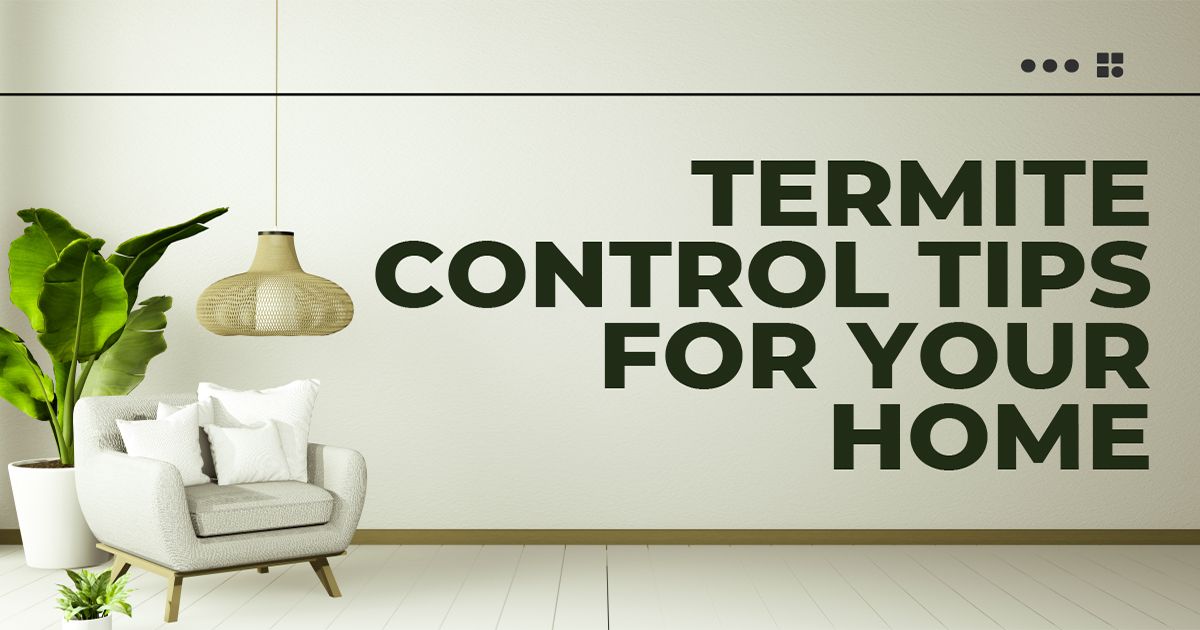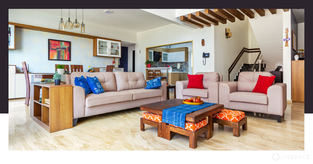In This Article
- What are the signs of a termite infestation?
- Are natural treatments as effective?
- Region-specific tips for Indian homes
- Natural remedies for termite control
- Let the sun do the heavy lifting
- The cardboard box trap (Sneaky but brilliant)
- Oil your wood like a pro
- Distance from moisture
- Boric acid: The silent termite assassin
- Nematodes: Tiny warriors on your side
- Orange oil: Nature’s citrus solution
- Cedar mulch: The aromatic fortress
- Vinegar: The kitchen hero
- Diatomaceous earth: Microscopic magic
- Prevention is your best friend
- DIY vs Professional treatment
- When to call the professionals
- Your termite-free future starts today
- How can Livspace help you?
Termite control is an underrated skill. Nobody invited termites to your home party, but somehow they showed up anyway. These tiny troublemakers love nothing more than turning your beautiful wooden structures into their personal all-you-can-eat buffet. But don’t panic! You’ve got this.
We’re about to share some surprisingly simple (and satisfying) ways to show these uninvited guests the door. No expensive exterminators required – just some clever tricks that actually work.
What are the signs of a termite infestation?
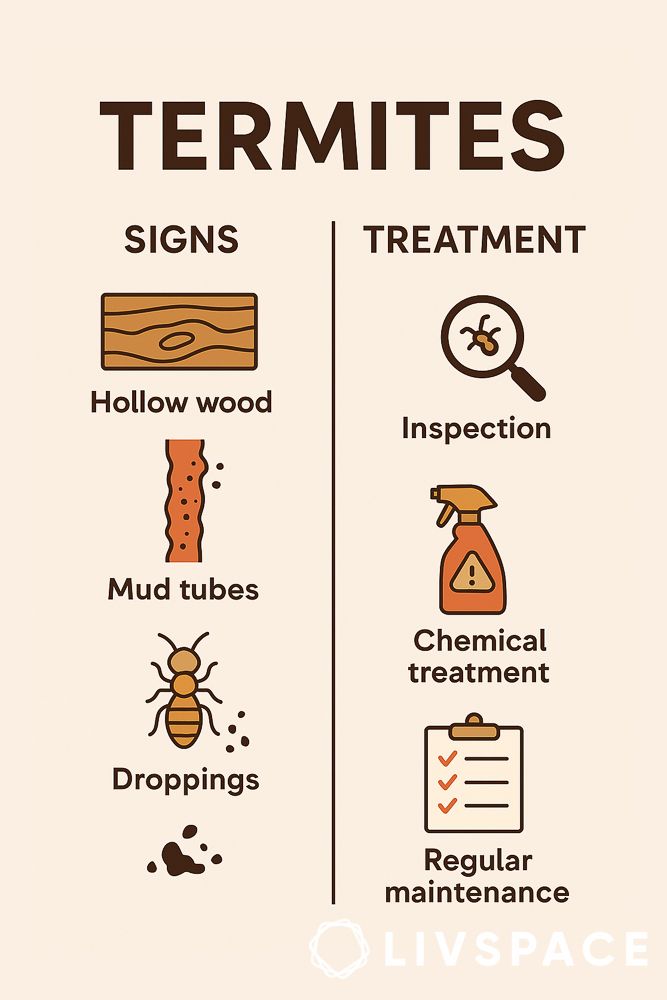
Before diving into solutions, let’s spot the enemy! Termites are sneaky, but they always leave clues behind.
Physical evidence:
- Mud tubes along walls (subterranean termites build these highways)
- Hollow-sounding wood when knocked
- Small holes in wooden surfaces
- Sawdust-like pellets near wooden items
- Discarded wings around light sources
Structural indicators:
- Doors and windows that stick suddenly
- Sagging floors or ceilings
- Cracked or bubbling paint
- Maze-like patterns in furniture or walls
Behavioural clues:
- Clicking sounds from walls (soldier termites bang their heads to signal danger)
- Swarms of winged insects during monsoon season
- Increased pest activity near moisture sources
According to entomology studies, subterranean termites (common in India) create mud tubes for protection while traveling between soil and food sources.
Are natural treatments as effective?
Natural treatments can be highly effective, especially for prevention and early-stage infestations. Here’s the reality check:
Effectiveness rates:
- Orange oil: 85-90% success for localised infestations
- Boric acid: 75-85% effectiveness when applied consistently
- Nematodes: 80-90% success in outdoor applications
- Sun treatment: 95% effective for exposed furniture
During Indian monsoons, these signs become more pronounced due to increased moisture levels. The humidity creates perfect breeding conditions, making early detection crucial.
Region-specific tips for Indian homes
Monsoon moisture control
Indian monsoons bring beauty but also termite troubles. High humidity levels (often exceeding 80%) create perfect breeding conditions for these pests.
Monsoon survival strategies:
- Run dehumidifiers in closed rooms
- Ensure proper ventilation in all areas
- Fix roof leaks immediately
- Clean gutters regularly to prevent water accumulation
- Store firewood away from the house during rainy season
Research from the Indian Council of Agricultural Research confirms that termite activity increases by 60% during monsoon months due to elevated moisture levels.
Climate considerations
Different Indian regions face unique challenges:
Coastal areas (Mumbai, Chennai, Kochi): High salt content in air can damage wood, making it more susceptible to termites. Apply protective coatings more frequently.
Northern plains (Delhi, Punjab): Extreme temperature variations stress wooden structures. Regular oiling becomes crucial.
Western regions (Rajasthan, Gujarat): Despite dry conditions, termites thrive in irrigated areas. Focus on garden perimeter protection.
Natural remedies for termite control
Nature has provided us with an arsenal of termite-fighting weapons. These eco-friendly solutions are gentle on your family but tough on pests.
Let the sun do the heavy lifting

Here’s a bright idea: termites absolutely hate sunlight. These little vampires prefer dark, cosy spaces where they can munch away in peace.
The sun treatment trick: Remove infested wooden furniture and place it in direct sunlight for 2-3 days. The heat and UV rays will send termites packing faster than you can say “summer vacation.”
Pro tip: This works best during hot summer days when temperatures soar above 120°F. Mother Nature becomes your pest control partner!
Also Read: A No-Fluff Guide on Granite Platform for Kitchen
The cardboard box trap (Sneaky but brilliant)
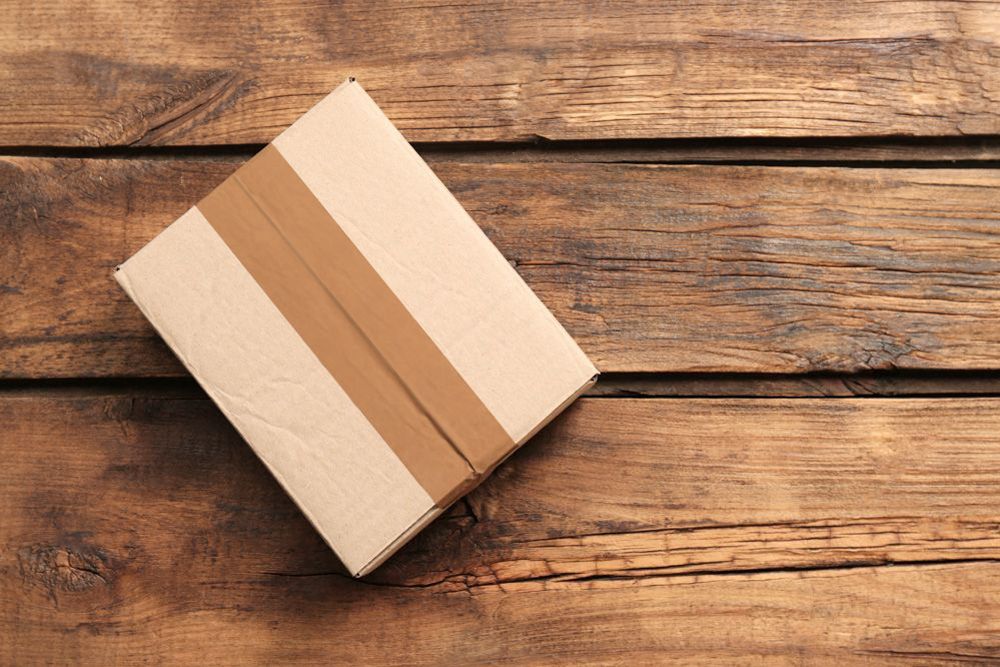
Who knew your Amazon delivery boxes could become termite-fighting weapons? This method is pure genius in its simplicity.
How the cardboard trick works: Wet some corrugated cardboard and place it near suspected termite areas. Termites love cellulose (cardboard’s main ingredient) and will flock to it like moths to a flame.
Once they’ve gathered for their cardboard feast, simply remove the trap and dispose of it. Repeat until you stop catching the little invaders.
Also Read: Easy Home Remedies for Cockroaches That Will Get Rid of Them Permanently
Oil your wood like a pro
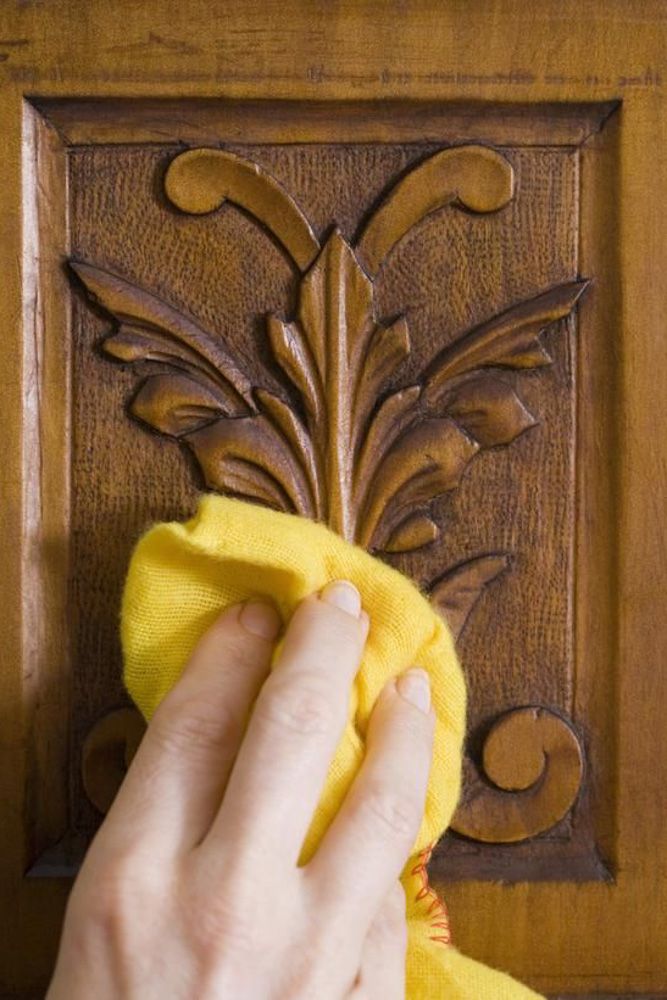
Think of wood oiling as giving your home a protective shield. When wood is properly oiled, it becomes less appetising to termites and harder for them to penetrate.
Best oils for termite prevention:
- Neem oil (termites find it absolutely revolting)
- Orange oil (more on this superstar later!)
- Clove oil (packs a powerful punch)
Apply these oils to wooden surfaces, furniture legs, and potential entry points. Your wood gets protection, and your home smells amazing. Win-win!
Distance from moisture

Here’s a simple rule that saves countless pieces of furniture: wood and soil should never be best friends. Direct contact between wooden furniture and soil is like rolling out the red carpet for termites.
The elevation strategy: Raise wooden furniture, deck posts, and outdoor structures at least 6 inches off the ground. Use concrete blocks, metal stands, or treated lumber as barriers.
Even indoor furniture benefits from this rule. Avoid placing wooden pieces directly on basement floors or against exterior walls where moisture might create termite highways. Think of it as giving your furniture VIP treatment – elevated and protected from ground-level threats!
Boric acid: The silent termite assassin
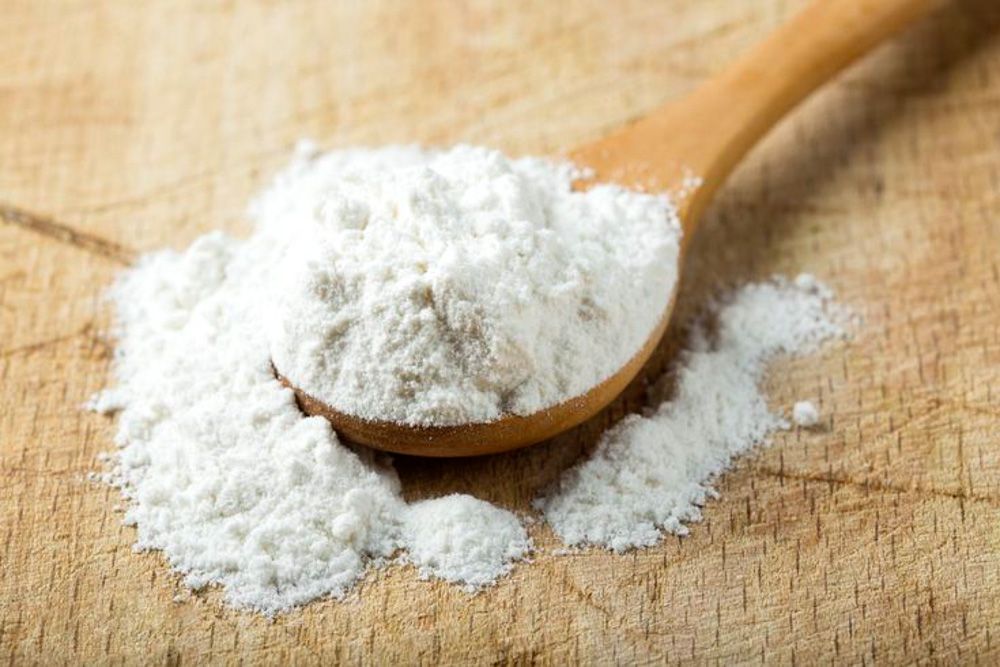
Boric acid might sound scary, but it’s actually a gentle giant – safe for humans and pets when used correctly, but absolutely devastating to termites.
How to use boric acid effectively: Sprinkle it around wooden structures, in cracks, and near termite trails. When termites come into contact with it, they carry it back to their colony, creating a domino effect.
Safety first: Keep it away from children and pets, and always wear gloves when applying.
Nematodes: Tiny warriors on your side
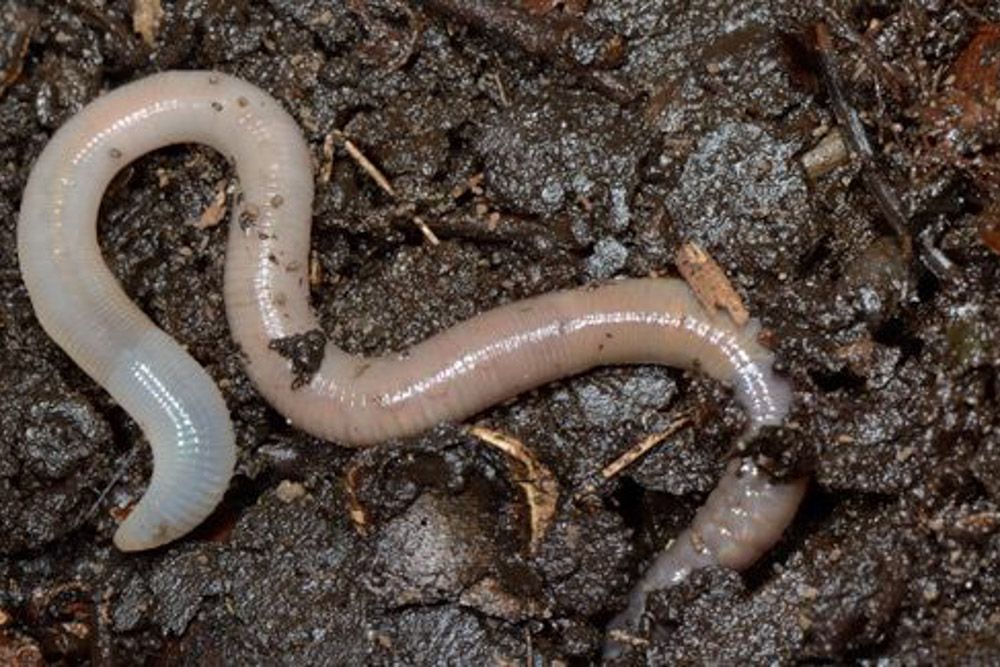
Meet your new microscopic army! Beneficial nematodes are tiny roundworms that view termites as their favorite meal. It’s like hiring a specialized security team for your home.
The nematode advantage: These natural predators seek out termite larvae and eliminate them without harming your family, pets, or garden. Simply mix with water and spray around affected areas.
Availability in India: Order nematodes from nurseries in Bangalore, Pune, or Delhi, or online through specialised bio-control suppliers. Expect to pay ₹200-500 for a treatment-sized pack.
Best part? They keep working long after you’ve applied them, patrolling your property like tiny guardians.
Orange oil: Nature’s citrus solution

Orange oil is like kryptonite to termites. This natural extract contains d-limonene, which dissolves termite exoskeletons on contact. Plus, your home will smell like a fresh orange grove!
Orange oil application tips:
- Drill small holes into infested wood
- Inject orange oil directly into the holes
- Apply to wooden surfaces as a preventive measure
The citrus scent is delightful for humans but absolutely unbearable for termites.
Cedar mulch: The aromatic fortress
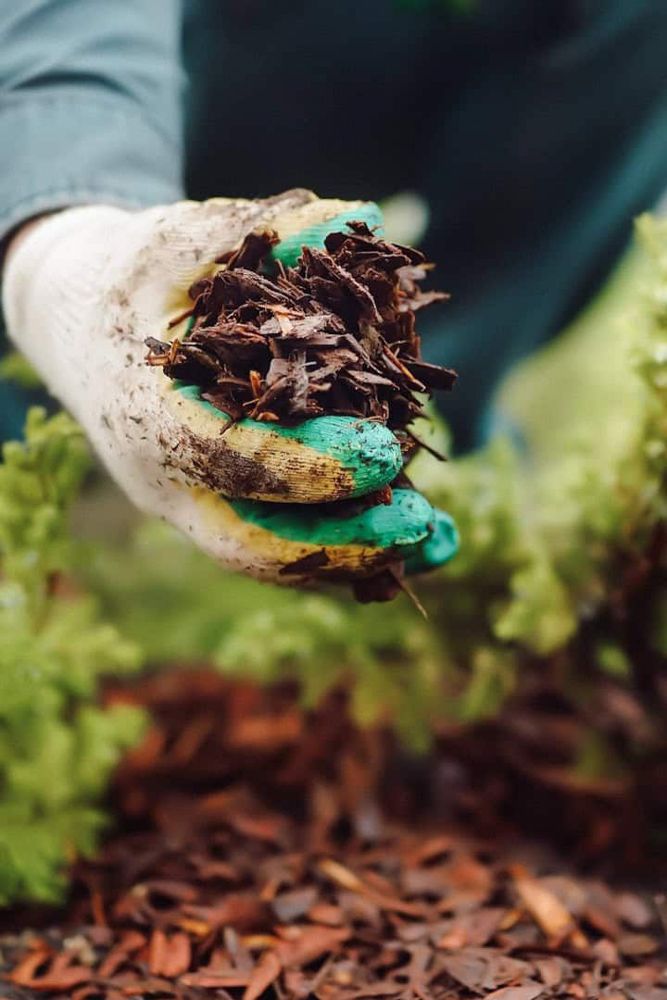
Cedar isn’t just pretty – it’s a natural termite repellent that’s been protecting homes for generations. The secret lies in its natural oils and distinctive scent.
Strategic cedar placement: Use cedar mulch around your home’s foundation, in garden beds near wooden structures, and as a protective barrier around deck posts.
Bonus: Cedar mulch also deters other pests while giving your landscaping a polished, professional look.
Vinegar: The kitchen hero
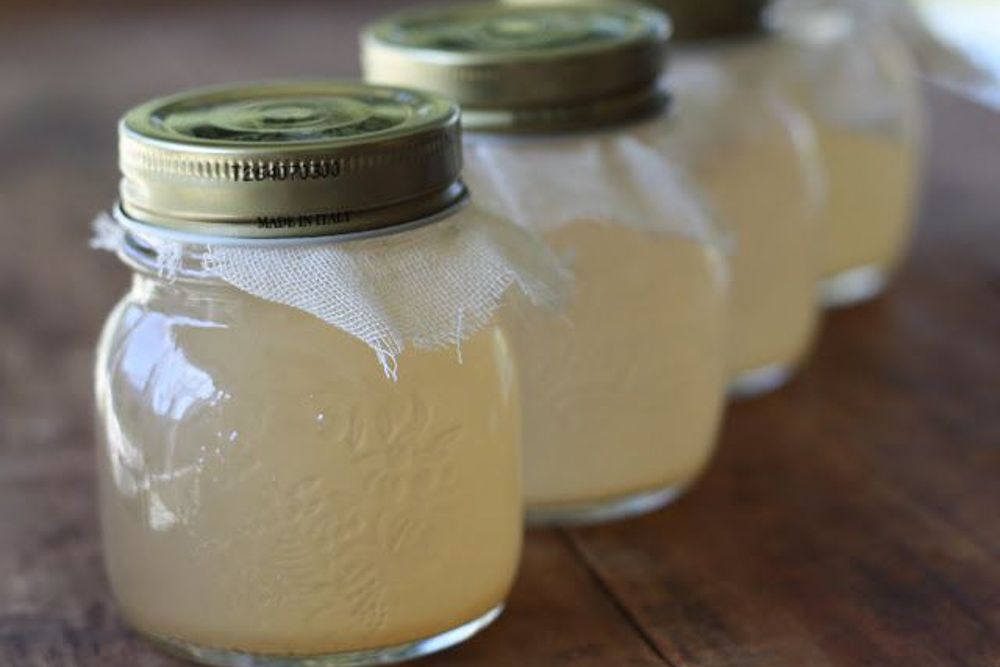
Your kitchen cabinet holds a surprisingly effective termite control solution. White vinegar’s acidic nature makes life miserable for termites while being completely safe for your family.
Vinegar application methods:
- Spray directly on termite trails
- Wipe down wooden surfaces regularly
- Mix with water for a gentle wood treatment
The smell dissipates quickly for humans but lingers long enough to keep termites away.
Diatomaceous earth: Microscopic magic
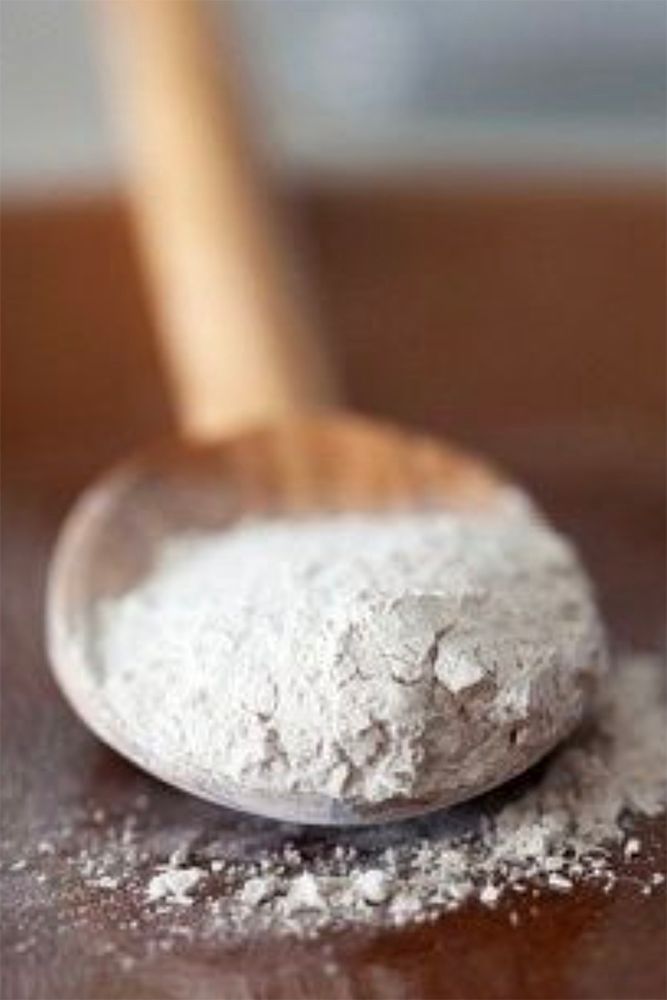
Diatomaceous earth (DE) looks like harmless powder, but it’s actually composed of fossilized algae with razor-sharp microscopic edges. To termites, it’s like walking across broken glass. Your easy, one-stop termite control solution is here and how!
DE deployment strategy: Sprinkle food-grade diatomaceous earth around wooden structures, in crawl spaces, and along termite pathways. When termites walk through it, the microscopic particles damage their exoskeletons.
Always use food-grade DE – it’s safe for homes with children and pets.
Prevention is your best friend
Remember, the best termite control strategy combines multiple approaches. Think of it as building layers of protection around your home. Some methods work immediately, while others provide long-term prevention.
Quick prevention checklist:
- Fix moisture problems (termites love damp wood)
- Remove wood debris from around your foundation
- Seal cracks and entry points
- Schedule regular inspections
DIY vs Professional treatment
When DIY works best
Natural methods shine for:
- Early-stage infestations
- Preventive maintenance
- Budget-conscious homeowners
- Eco-friendly households
- Small, localized problems
When to call professionals
Contact pest control experts if you notice:
- Extensive structural damage
- Large termite swarms
- Multiple infestation sites
- Previous DIY failures
Cost comparison across Indian cities:
- Mumbai: ₹5,000-15,000 for professional treatment
- Bangalore: ₹3,500-12,000
- Delhi: ₹4,000-14,000
- Chennai: ₹3,000-10,000
- Pune: ₹2,500-8,000
DIY methods typically cost ₹500-2,000 total, making them 80-90% more affordable than professional services.
When to call the professionals
While these DIY methods are incredibly effective for prevention and small infestations, don’t hesitate to call professional pest control if you discover extensive damage or large colonies. Sometimes the cavalry needs to be called in!
Red flags that mean “call now”:
- Visible structural damage
- Massive swarms of winged termites
- Extensive tunneling in wood
- Signs of long-term infestation
Your termite-free future starts today
Armed with these nine powerful methods, you’re ready to reclaim your home from these unwanted guests. The best part? Most of these termite control solutions use items you probably already have at home.
Start with one or two termite control methods that appeal to you most. Many homeowners find success combining the cardboard trap method with regular orange oil treatments. Others swear by the sun treatment followed by protective wood oiling.
Remember: consistency is key. Regular application and monitoring will keep your home termite-free and your peace of mind intact.
Ready to become the termite-fighting hero your home deserves? Pick your favorite method and get started today. Your wooden structures will thank you, and those uninvited termites will finally get the message that this party is over!
How can Livspace help you?
Keeping your home functional and clean is no easy feat. The good news? You don’t have to figure it out alone, and you definitely don’t need to make expensive mistakes that’ll haunt you every time you walk into your kitchen.
Looking for tailor-made costs for your home? Hit our Cost Calculator to jump into your financial planning.
Need inspiration beyond your current Pinterest spiral? Check out Design Ideas for professionally curated looks that actually translate to Indian homes and lifestyles.
Want to see what real people think? Browse through Livspace reviews from customers who’ve survived the renovation process and lived to tell the tale.
Ready to take the next step? Find an interior designer near you and let’s get started.
